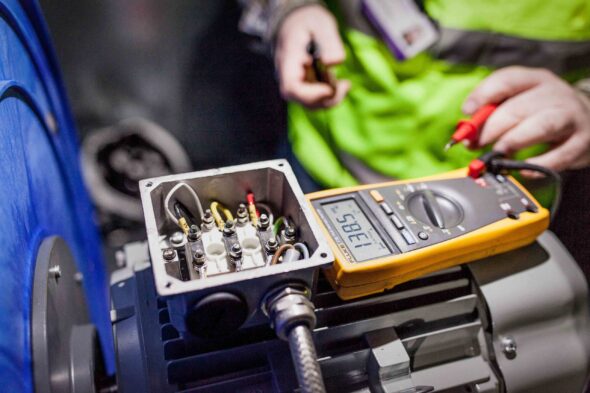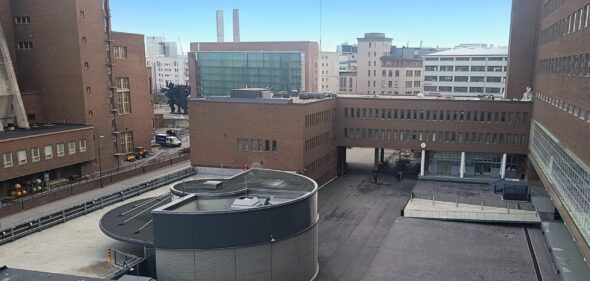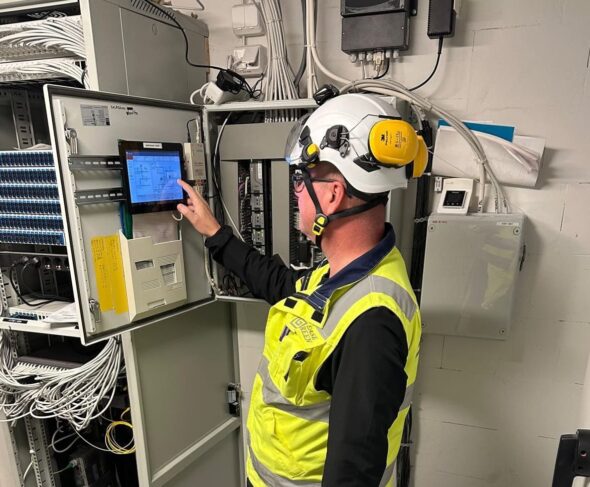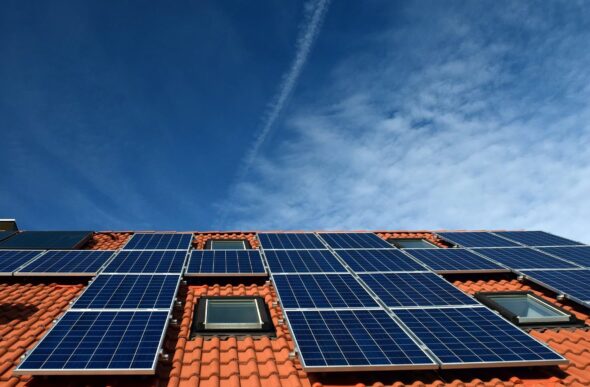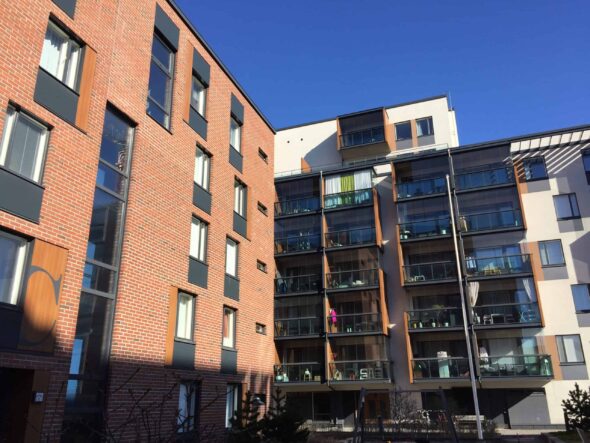Last winter, we had a long period of good frosts in southern Finland. When the mercury plummeted to minus twenty degrees, many building services professionals felt it in their skins. Including us. Now that spring is well under way, it’s a good time to look in the rear-view mirror and see what lessons can be learned from the frosts.
Let me highlight two real stories. The first was a headache with a ventilation freeze protection and the second was a detail of a geothermal system.
The ventilation unit’s supply air duct has a freeze protection, which controls the radiator that heats the supply air. The function of the defroster is to stop the ventilation unit in the event that the radiator is unable to heat the incoming frost air sufficiently. Stopping the machine is necessary to prevent the radiator from freezing and bursting.
We carried out an energy renovation of the ventilation system in a large property last summer, when frosts were still far in the future. We replaced the ventilation fan, added carbon dioxide and temperature sensors and modernised the automation. A very typical case for us.
The new components were tested as normal after the renovation. However, the antifreeze protection of the ventilation machine was not tested. When severe frosts hit in January, the defroster, which had been dormant for two mild winters, failed to turn on. As a result, the radiator of the IV machine cracked and had to be replaced. The property owner was astonished: the ventilation system had been renovated six months earlier! Shouldn’t it work like new? That is a very good question. Of course it should.
The antifreeze was not tested because it was not included in the contract. So we didn’t do anything wrong. But it’s cold comfort when the customer is upset. The replacement of the radiator ate into the energy savings that had been made during the autumn.
What is the moral of the story? That after a renovation, you should also test the old components of the machine. Even if they are not mentioned in the contract, they are still tested – technical equipment has a tendency to stop working sometimes.
At another site, problems were caused by the electrical resistance of the geothermal system, which was under-adjusted.
Ground source heat pump systems are usually sized so that the pumps themselves produce, for example, 70-80% of the peak power demand of the building. The remainder is generated by a separate electrical resistor located in the water storage tank. This allows the investment to be optimised, without having to maintain a disproportionately large pumping capacity for the coldest frost days that can be counted on the fingers of one hand.
Electric resistance automatically kicks in when the weather gets so cold that the pumps alone are not powerful enough to heat the house. The resistance is routinely tested during commissioning. The pump is run to a condition where the resistor comes on, so it can be verified that it is working.
The test had also been done at this site, and everything seemed to be fine. However, there was one thing that was overlooked: the settings of the thermostat on the electrical resistor itself. The resistor always has its own mechanical thermostat, whose job is to protect the resistor from overheating.
In this case, the thermostat had been left too low from the factory settings. When severe frosts descended over southern Finland, the resistor switched on but did not heat the reservoir sufficiently. The temperature in the building was allowed to drop. It would have been easy to fix the problem by increasing the heating capacity, but Murphy’s Law ensured that the frosts hit on Friday evening. That made it difficult to get qualified maintenance personnel on site. Despite all this, major damage was fortunately avoided.
The moral of the story? First of all, we have to put our hands up and admit that this time it was a human error. I should have been more careful and checked the factory settings of the resistance thermostat.
The lessons of the frosts led us to revise LeaseGreen’s internal guidelines. From now on
- We add a test sequence to the ventilation machine test programme, which also tests the function of the antifreeze devices without any gaps.
- We include a test run with the resistors in the commissioning protocol for geothermal heat pumps. We make sure that the heater maintains an adequate temperature in every situation.
- We always plan with the customer how to deal with an acute fault situation and where to find expert help around the clock.
In large and complex projects, small components and details may seem trivial on paper, but can cause damage in the event of a failure. Mistakes happen to the best of us, and that’s acceptable, as long as we take responsibility for them and learn from them. “We learn” is one of the inner strengths of us Leasegreens. We don’t make the same mistake twice, and certainly not a third time.
The cold winter taught us humility. Small, seemingly trivial things should not be underestimated or left unchecked.
The author Johannes Rimpiläinen is an account manager at LeaseGreen. He ensures that LeaseGreen’s digital services provide the best possible added value for customers, support the achievement of lifecycle benefits and keep customers satisfied.





